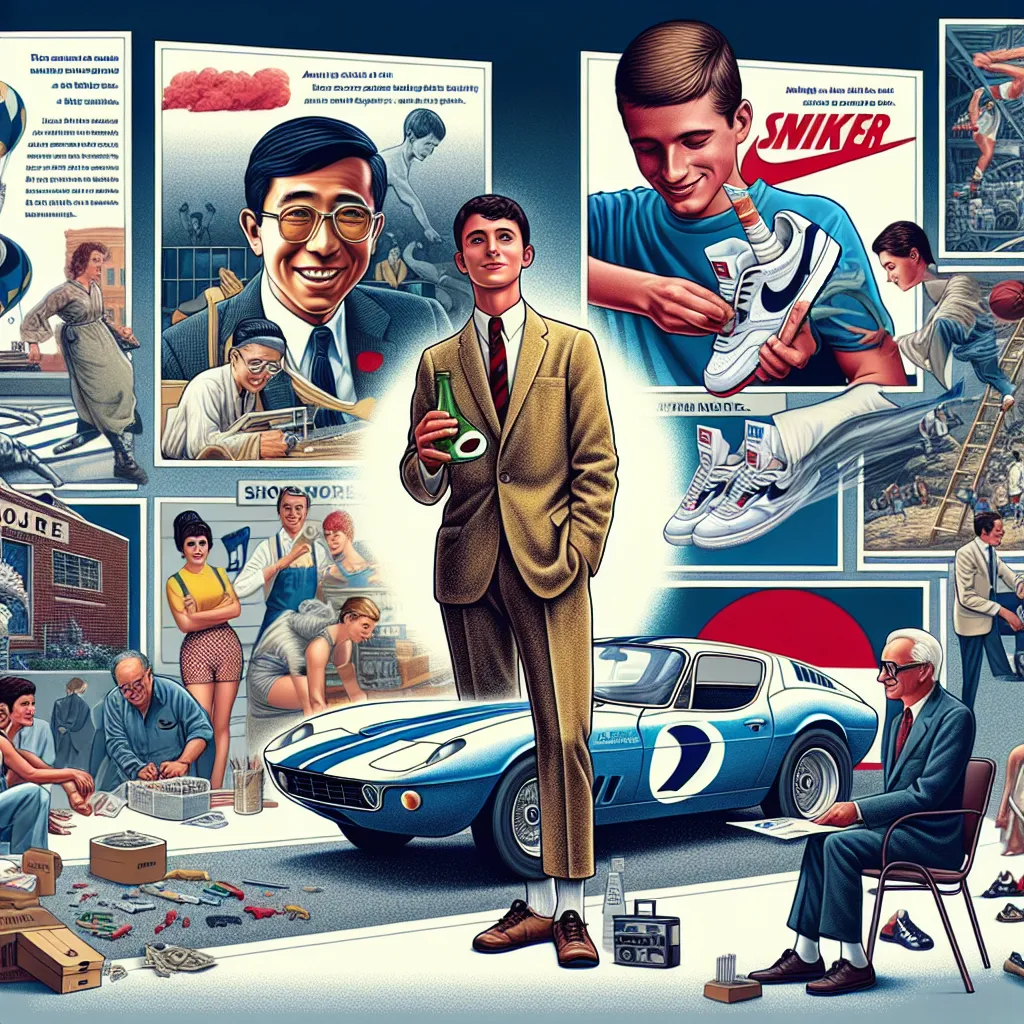Nike is undeniably the world’s most iconic sportswear company, now worth over $100 billion. But how did it all start? The journey began in 1962 with Phil Knight, fresh out of Stanford and brimming with ideas. As an avid distance runner, Phil wondered if Japanese shoes could challenge the dominance of Puma and Adidas in the U.S. market, much like Japanese cameras had overthrown German ones.
Driven by this vision, Phil flew to Japan in November 1962. In Kobe, he discovered Onitsuka Tiger, a company producing high-quality shoes. Phil pitched himself as an American distributor and secured a deal with Onitsuka, thus becoming their exclusive distributor in the U.S. His first shipment came in 1963, and he sold those shoes out of his car at local running tracks.
Realizing his sales approach wasn’t scalable, he turned to his former coach, Bill Bowerman. The coach loved the Tiger shoes and partnered with Phil. In 1964, they created Blue Ribbon Sports (BRS), each investing $500. Their initial stock sold out quickly, thanks to Bowerman’s connections and innovations in shoe design.
Bowerman’s designs, like the Cortez, became huge hits. By 1969, BRS was selling hundreds of thousands of dollars’ worth of shoes. However, they struggled with supply issues as Onitsuka prioritized Japanese customers. With their contract expiring in 1972, Phil seized the opportunity to break free from Onitsuka.
Phil started the Nike brand in 1971, named after the Greek goddess of victory. He paid a graphic design student $35 for the now-famous swoosh logo. With these elements in place, Phil established a network of Japanese subcontractors to produce his shoes, ensuring a steady supply. This move paid off, and Nike’s growth skyrocketed.
By 1989, Nike had become America’s largest sportswear company, driven by shrewd marketing and strategic athlete endorsements. Their famous “Just Do It” campaign and partnerships with rising sports stars propelled them further into the global spotlight.
The story of Nike’s rise is not just about business; it’s about seizing opportunities and relentless innovation. Phil Knight’s autobiography, released in 2016, dives deeper into this fascinating journey, providing insights straight from the man who lived it.






